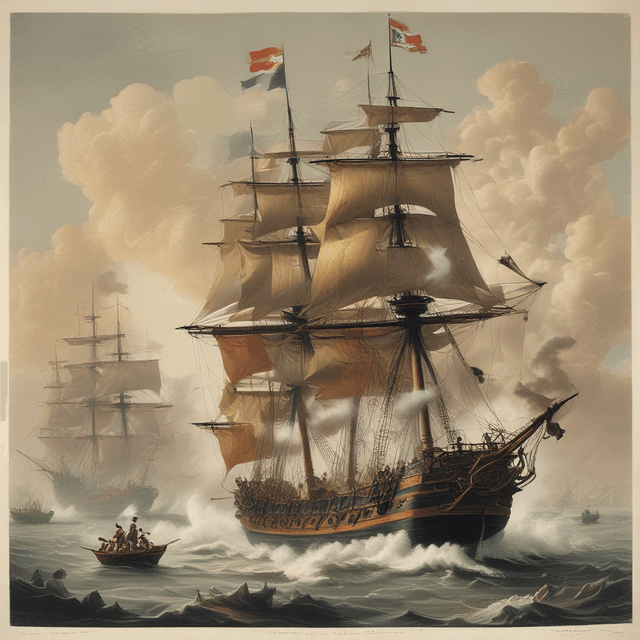
| Cause | Trade disputes and territorial clashes in Southeast Asia |
| Years | 1884 - 1888 |
| Result | Decisive Chinese victory, forcing the Dutch to cede control of their East Indies colonies to the Qing Empire |
| Conflict | Sino-Dutch War |
| Significance | Shift in the regional balance of power that would shape the 20th century in this alternate timeline |
| Parties involved |
The Sino-Dutch War was a military conflict fought between the Dutch East Indies colonial empire and the Qing dynasty of China from 1884 to 1888. It resulted in a decisive Chinese victory that marked the decline of Dutch colonial power in Southeast Asia and the rise of Qing influence in the region.
Tensions between the Dutch and Chinese had been building for decades in the late 19th century due to disputes over trade, territorial control, and the treatment of ethnic Chinese populations in the Dutch East Indies.
The immediate trigger was a series of clashes between Dutch and Chinese naval and military forces in the South China Sea and East Indies as both powers sought to exert dominance over vital shipping lanes and natural resources. The Dutch accused the Chinese of violating their territorial waters and disrupting lucrative trade routes, while the Qing government protested Dutch mistreatment of Chinese merchants and laborers in their colonies.
Diplomatic efforts to resolve the dispute failed, and in 1884 the Dutch launched a preemptive strike against Chinese military positions in Taiwan and Hainan, initiating open warfare.
Early on, the technologically advanced Dutch colonial forces were able to score several victories against the comparatively outdated Qing military. Dutch warships bombarded and captured key coastal cities in China, while their armies drove deep into Taiwan and the Malay Archipelago.
However, the Qing responded by rapidly modernizing their military with the help of European military advisers. They introduced new rifled cannon, ironclad warships, and breech-loading firearms that allowed them to blunt the Dutch offensives. Chinese forces also proved skilled at guerilla and asymmetric warfare, neutralizing the Dutch technological advantage.
By 1887, the tide had turned in favor of the Qing. Their modernized armies pushed the Dutch out of Taiwan and began threatening their colonial holdings in Java, Sumatra, and the Maluku Islands. Facing mounting losses, the Dutch government finally agreed to sue for peace in 1888.
The Treaty of Nanjing, signed in 1888, formally ended the Sino-Dutch War. Its terms were highly unfavorable for the Dutch:
The loss of their East Indies colonies was a devastating blow to the Dutch, marking the beginning of the end of their once-sprawling colonial empire. It also allowed the Qing to rapidly expand their economic and political influence throughout Southeast Asia in the following decades.
The Sino-Dutch War is considered a major turning point in the history of the Dutch East Indies and the power dynamics of the greater East Asian region. It demonstrated the growing strength of the modernized Qing military in contrast to the declining colonial powers.
The war's outcome was a major factor in the Dutch withdrawal from their Southeast Asian colonies in the early 20th century, and the subsequent rise of Chinese hegemony in the region. This ultimately reshaped geopolitics, trade networks, and cultural exchange in ways that continue to reverberate in the present day.
Historians also note that the Sino-Dutch conflict was an early example of the tensions between established colonial empires and newly assertive Asian powers - a pattern that would only accelerate in the coming century.